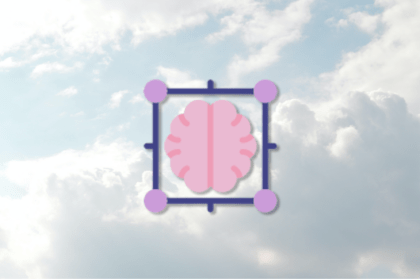
The rise of AI agents undoubtedly signals a shift in how you interact with software. However, the demise of SaaS is far from inevitable.
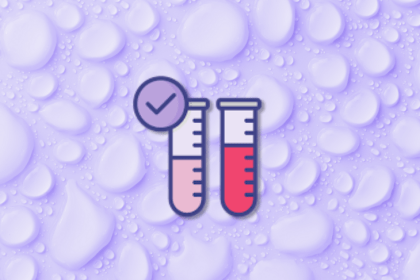
This article delves into the two predominant statistical frameworks utilized in product A/B testing: Bayesian and frequentist methods.
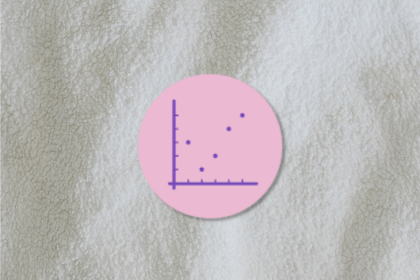
Understanding your margin of error and confidence intervals helps you make solid product decisions and avoid costly mistakes.

While continuous discovery usually triumphs over fixed, long-term research projects, it doesn’t mean the latter has no place.
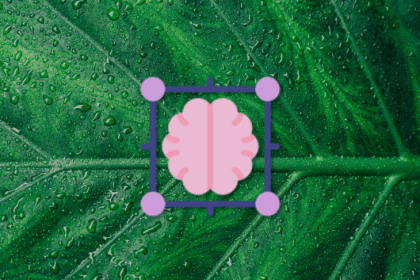
When used correctly, AI can transform market research from a time-consuming necessity into a competitive advantage.
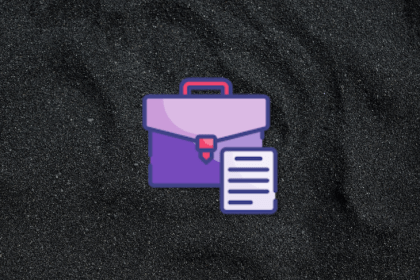
This article explains the most important fintech terms that you should be aware of to better navigate this field.
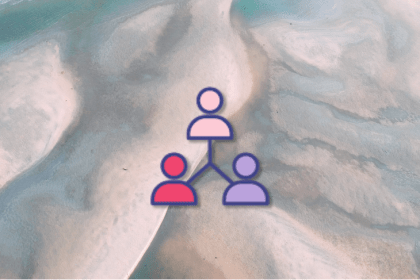
This article serves as a comprehensive guide to healthcare product managers, including roles, responsibilities, skills, and qualifications.
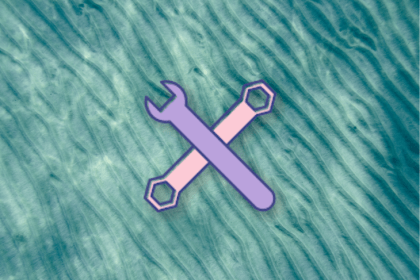
A product wedge strategy is a smart way to enter a competitive market, focusing on solving one specific problem exceptionally well.
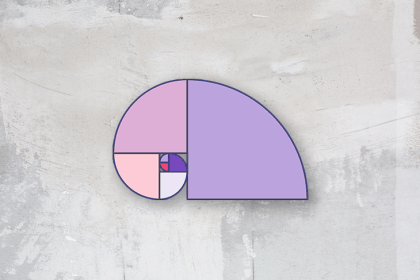
Learn how to use Fibonacci story points for Agile estimation, avoid pitfalls, and explore alternatives like T-shirt sizing and #NoEstimates.
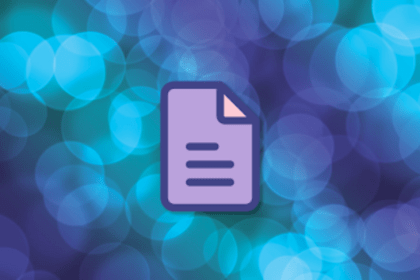
A feasibility study template is a document that serves as a guide to evaluate whether a project or initiative is practical and worth pursuing.

A product teardown is a systematic dissection of a product to analyze its features, design decisions, user experience, and overall strategy.
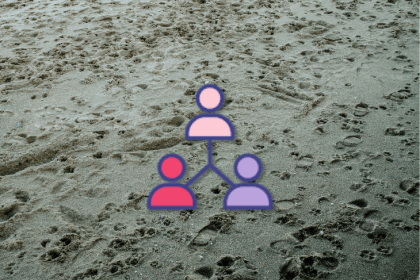
AI-generated personas not only save time but also provide a more accurate, scalable, and dynamic representation of your users.